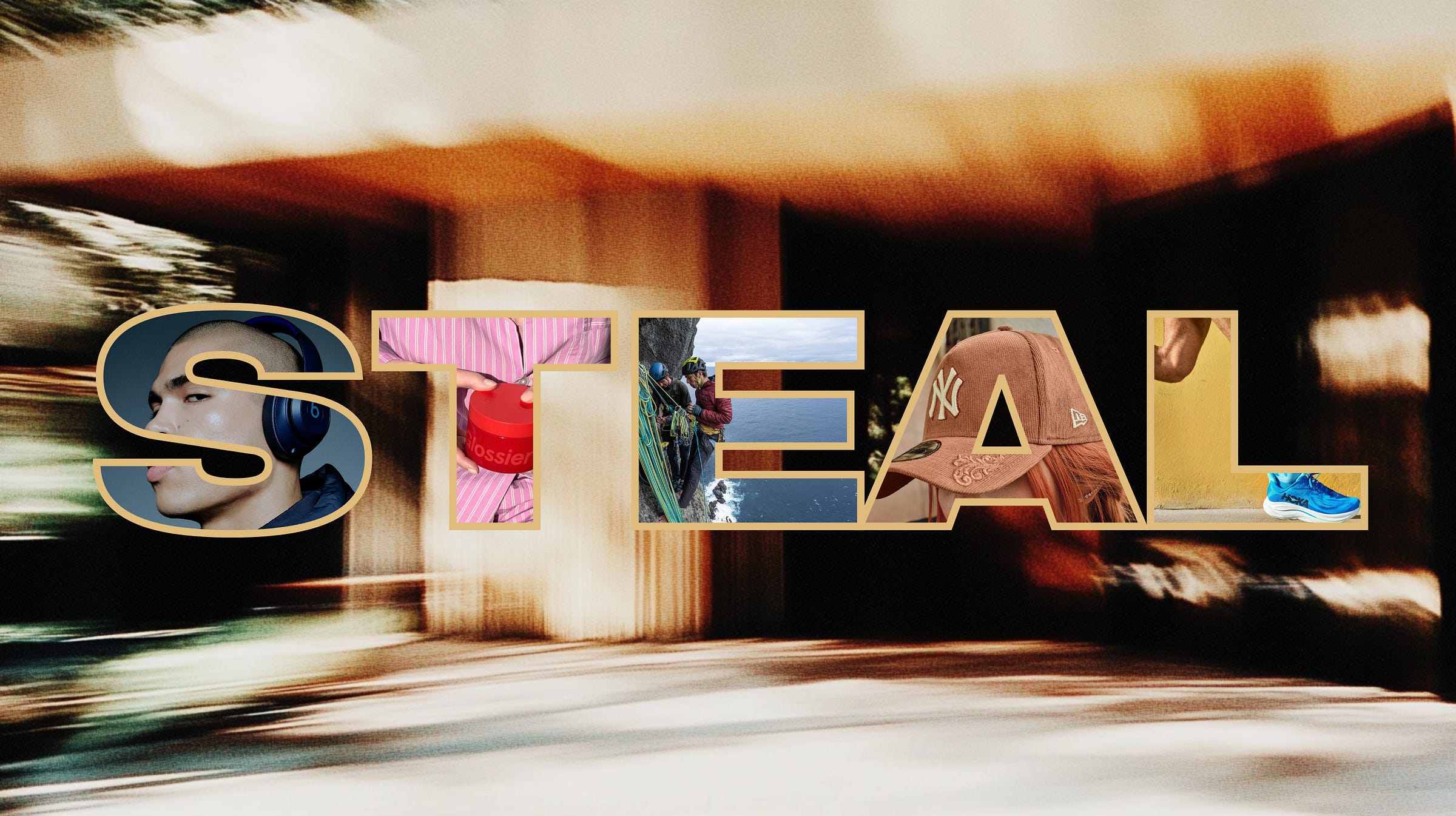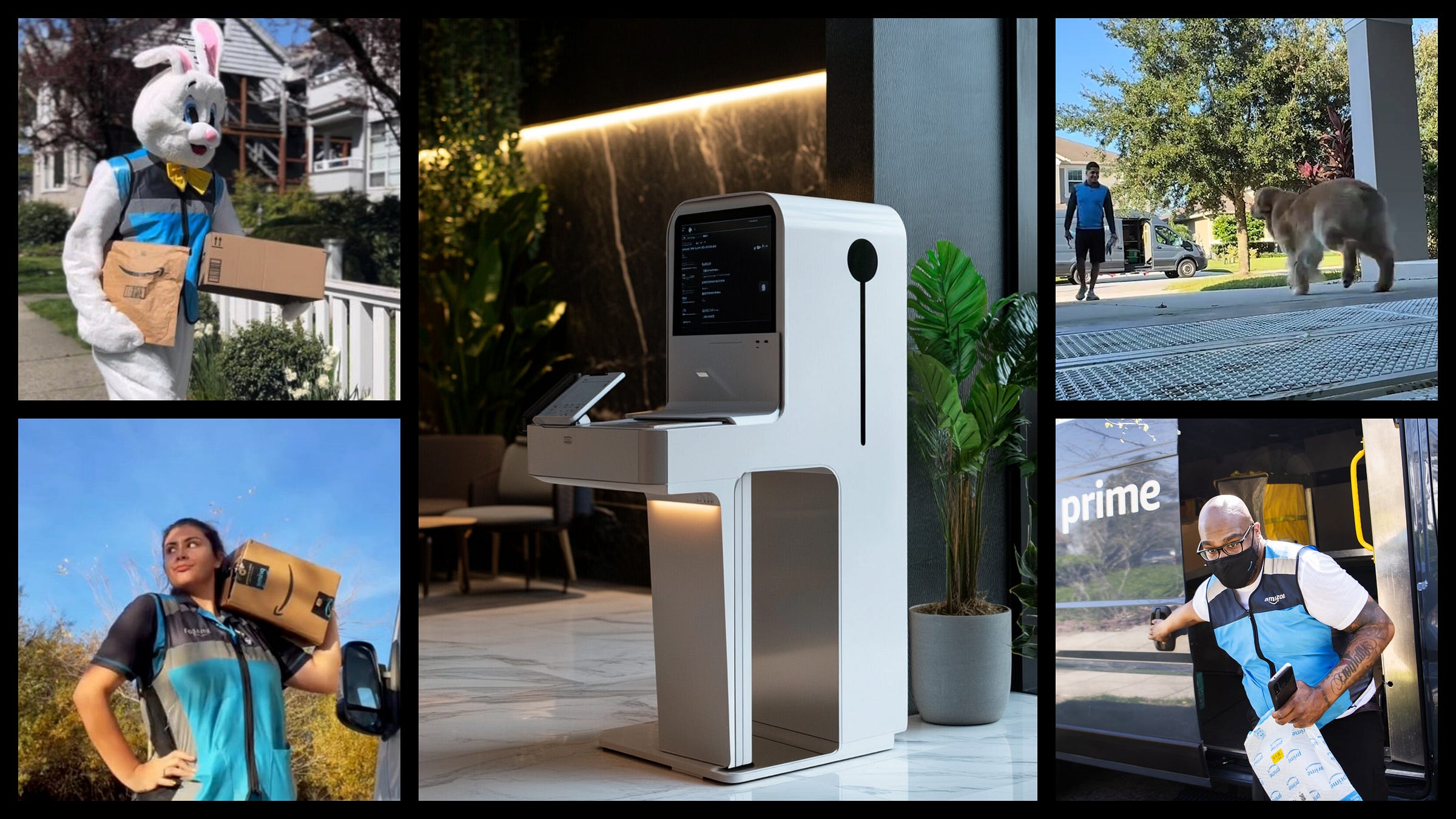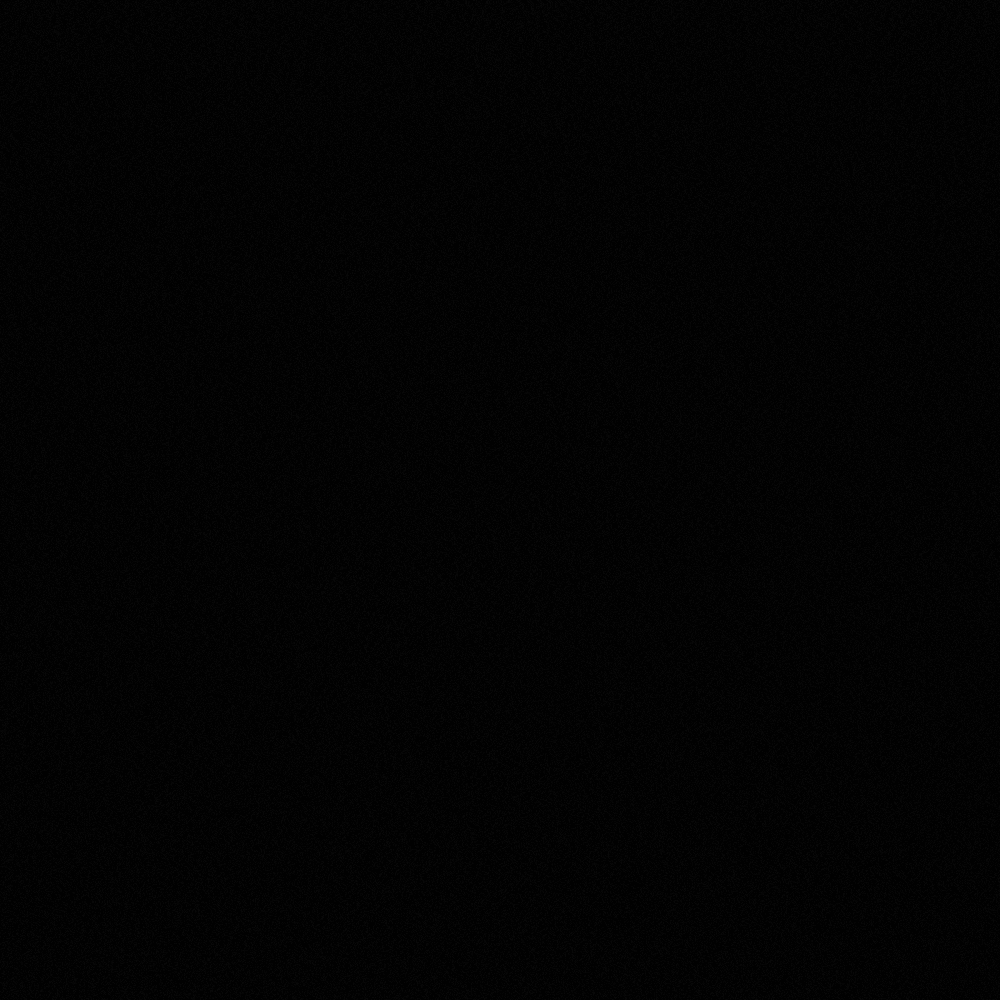
Let’s start with your brain: it doesn’t want to change. It wants to do what it already knows—efficiently, automatically, predictably.
That’s how habits form.
You walk the same route.
You design the same way.
You stick with what’s “proven.”
As Charles Duhigg puts it in The Power of Habit, your brain builds loops to conserve energy. Helpful for brushing your teeth. Terrible for generating new ideas.
Creativity doesn’t come from working harder. It comes from breaking the loop. That’s why the best ideas show up in the shower, on a walk, or in the middle of a random conversation.
It’s also why psychedelic research is unlocking real creative insight: when your brain breaks free from its default settings, it becomes more plastic—open to new inputs and fresh connections.
Rick Rubin, in The Creative Act, says it best:
“We’re not trying to make something better than what already exists. We’re trying to make something that doesn’t already exist.”
That starts with going sideways.
Say hello to lateral thinking.
Lateral thinking is what happens when you stop chasing better versions of the same idea and start looking for unexpected combinations. It’s what lets a skincare brand inspire your signage. A running shoe brand shape your leasing experience. A can of water inform your building’s tone of voice.
It’s how the world’s best creative studios think. They look outside the obvious. They search for emotional cues, behavioral patterns, and brand systems that connect—not because they’re in the same category, but because they operate on the same frequency.
Most spatial brands don’t think this way. They benchmark vertically. They compare buildings to other buildings. Offices to other offices. Apartments to whatever opened last year down the block.
But buildings are more than square footage. They’re cultural products. And cultural products need cultural logic.
So: if you’re building a hotel, leasing a residential tower, or launching a coworking concept—you shouldn’t be studying your comps. You should be studying brands people love.
Here are some moves worth stealing.
From Glossier: Design for the shelfie
Glossier knew their products would live in photos—bathroom selfies, top-shelf posts, pink bubble-wrap flat lays. So they made every detail camera-ready.
→ Spatial take: Design for the 0.5 lens. Make sure your check-in desk, guest rooms, bathroom amenities, and even your elevators show up beautifully in someone’s photo dump. Good lighting is branding. Details matter.
From Beats by Dre: Sell the emotion, not the specs
Beats didn’t compete on audio quality—in fact the original audio quality sucked–they sold swagger, heat, and self-expression. The headphones became wearable confidence.
→ Spatial take: Don’t lead with "stainless steel appliances" and "walk-in closets." Sell the feeling. Ditch the amenities list. Talk about the transformation. What kind of guest or resident stays here? How does your space support their lifestyle, identity, or escape? Are you the retreat? The recharge? The main character moment? What kind of identity does this space enable? Who do people become when they live here?
From Patagonia: Signal values, not just quality
People wear Patagonia because it aligns with their values—sustainability, anti-consumerism, radical transparency. The fleece is just the medium.
→ Spatial take: Let your space stand for something. Sustainability. Stewardship. Localism. Art. Don’t bury it in the “About” section. Embed it everywhere—materials, programming, partnerships, tone of voice.
From New Era: Make your brand wearable
New Era hats weren’t just accessories—they were social signals. People kept the tags on to show it mattered.
→ Spatial take: Turn your brand into a wearable ecosystem. Custom merch. Design collabs. Uniforms people ask to buy. Don’t treat it as a souvenir—treat it as a cultural artifact.
From Liquid Death: Break norms
Liquid Death turned water into a punk brand by ditching wellness speak for metal energy. It worked because it felt real and outside of the category.
→ Spatial take: Stop trying to be all things to all people. Write better signage. Design stranger key cards. Give your minibar attitude. People will remember you for what you didn’t water down (pun intended).
From Amazon Prime: Collapse the gap between want and have
Prime made shipping feel instantaneous. The lag between desire and delivery disappeared.
→ Spatial take: Rethink your user journey from lead to move-in or check-in. Eliminate friction. Don’t just offer convenience—engineer delight.
From HOKA: Function is fashion
HOKA leaned into maximalist utility—and became a cult style object. People now wear high-performance gear in everyday life because it feels bold, not boring.
→ Spatial take: Build spaces people want to use and be seen in. Comfort and design should coexist. Do it well enough and functional becomes fashionable. Don’t just have blackout curtains—have the best blackout curtains in the business. Don't just offer "late checkout"—make it feel like you're bending time. Elevate comfort until it becomes cool.
From Apple: Turn onboarding into a ritual
Unboxing an Apple product is an experience: satisfying, seamless, elevated. It builds emotional equity before the product is even turned on.
→ Spatial take: Move-in day should be cinematic. Branded keys, curated playlists, beautifully designed welcome kits. Rituals matter. First impressions create loyalty; people remember the first ten minutes.
From Supreme: lean into the hype
Supreme creates demand through drops, collabs, and scarcity.
→ Spatial take: create strata in your spaces: make a suite a fully immersive version of your brand world, turn an office into a robot room – do something that creates intrigue and envy.
You may be thinking: Okay guys, I get the point. How do I do this?
If you want to start borrowing boldly, here are some lateral-thinking exercises you can use with your team or your own brain.
01. Category Jumping
Pick a brand that has nothing to do with real estate. Ask:
What would Nike do if they ran our leasing strategy?
How would Muji program this hotel lobby?
What if Disney handled our signage system?
If Chanel ran maintenance, what would the uniforms look like?
→ Goal: Get unstuck from category logic. Make a huge list of provocative ways to think about space that you just stole from brands that have way bigger marketing budgets.
02. The Anti-Brand Exercise
Ask: What would our brand never do? Then reverse it.
“We’d never run a TikTok.” → What if you did?
“We’d never serve cereal in the lobby.” → What’s stopping you?
“We’d never talk in memes.” → But maybe your audience does.
→ Goal: Surface your weak spots and challenge them.
03. Lifestyle Adjacency Mapping
Imagine your user’s world:
What podcasts are they listening to?
What brands are they obsessed with?
What’s their dream purchase?
What aesthetic do they wish they lived in?
→ Goal: Draw out the connection points between lateral brands and aspirations in your customer’s lives; start to articulate the ideas you want to steal.
Final Thought: please go steal some stuff.
Breakthrough ideas don’t come from doubling down on what works. They come from dislodging what’s familiar, zooming out, and asking better questions.
If you want to build something that lasts, don’t just think harder.
Think sideways.
Borrow freely.
Your customer doesn’t care if you followed the playbook. They care if you made something that feels undeniably, irreversibly, unignorably new.
Missed our last article? Read it now.
Gen Z won’t lease from your brochure
Let’s start with a quick comprehension test. If these phrases make complete sense to you, congrats—you might be fluent. If not, welcome to the cultural gap you’re probably designing into:
Missed our feature in The Brand Identity? Check it out now.
🚨 WHO IS NO WALLS STUDIO (AND WHAT DO WE DO)?
No Walls Studio is a design and brand consultancy that helps real estate developers create spaces that people love.
Our mission is to make sameness extinct in real estate, which means that everything we do comes with new ideas and unique angles — all, grounded in a deep understanding of culture and consumers.
We do three things for our clients (often, all in the same project):
Research & Insights
Brand Development
Spatial Experience Design
Want to work with us or learn more?























